Travel
10 Essential Security Tips For Using Airport Wi-Fi And Chargers
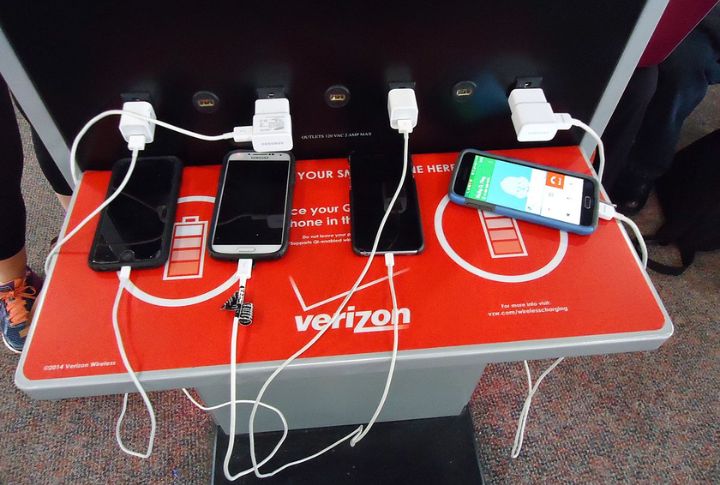
Phone batteries run low fast on busy travel days, and free Wi-Fi feels like a bonus. But these perks can hide serious cybersecurity risks that many travelers overlook. Personal data, once exposed, is tough to reclaim. Awareness is your first defense, and before your next boarding call, here are 10 smart ways to stay safe.
Use A USB Data Blocker
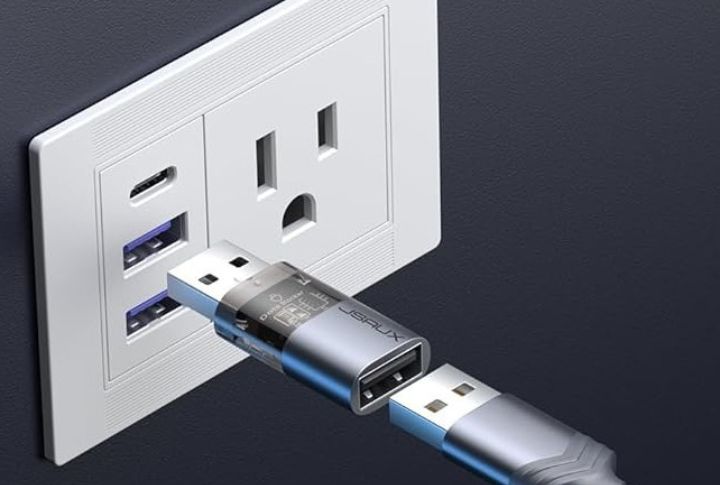
That free USB port at the airport might look convenient, but it’s not always safe. Without a USB data blocker, plugging in your phone could expose your personal information to hidden threats. These blockers let you charge up while stopping any unwanted data access or transfer.
Check For Fake Charging Kiosks
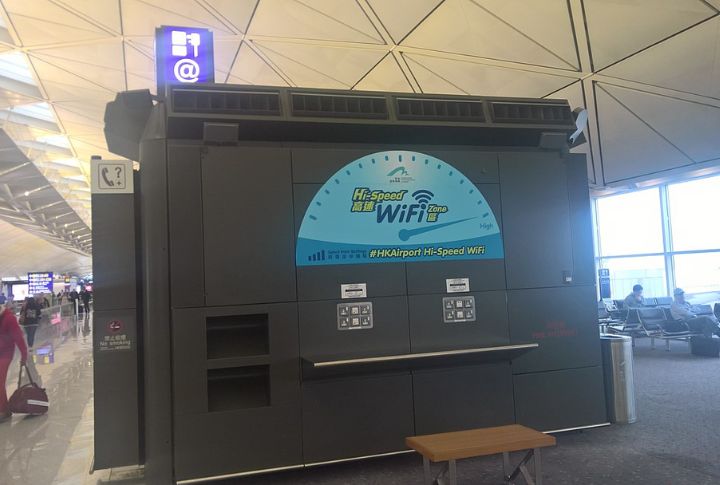
Not every airport charging kiosk is trustworthy—some are built just to infect your phone. Hackers create fake ones using 3D-printed logos to trick travelers. So, if something feels off, avoid plugging in and use your own wall adapter. In the cyber world, looking official doesn’t always mean being safe.
Enable “Ask To Join Networks” On Your Devices
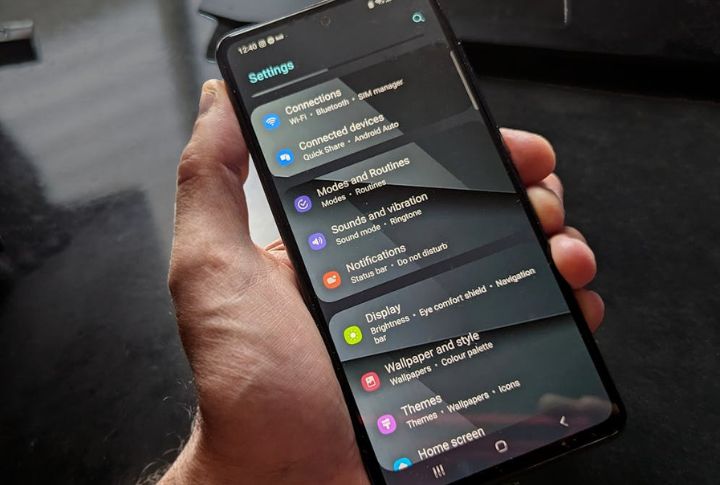
Public Wi-Fi networks can be tricky, especially when names like “Free_Airport_WiFi” pop up everywhere. That’s why enabling “Ask to Join Networks” helps—your phone won’t auto-connect to shady lookalike signals. Rather, you’ll be prompted to choose, reducing your risk.
Use A Virtual Private Network (VPN)
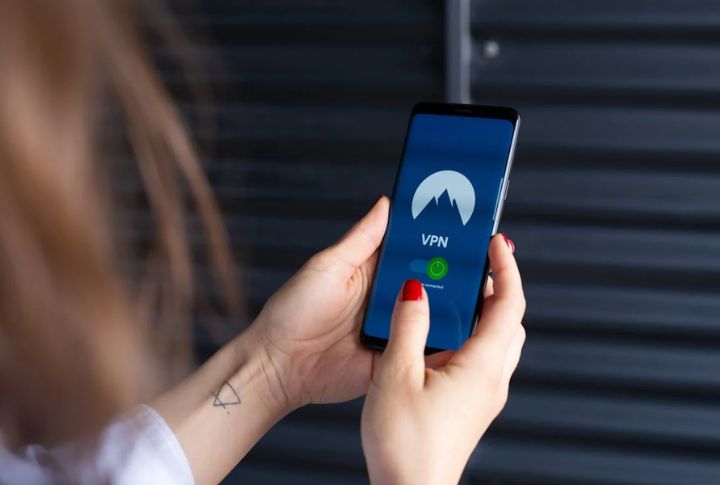
When you hop on airport Wi-Fi, your data becomes vulnerable to anyone snooping nearby. Thankfully, a VPN wraps everything you do online in a layer of encryption, keeping it private. Even if you join a fake hotspot, your data stays locked.
Disable File Sharing And AirDrop in Public
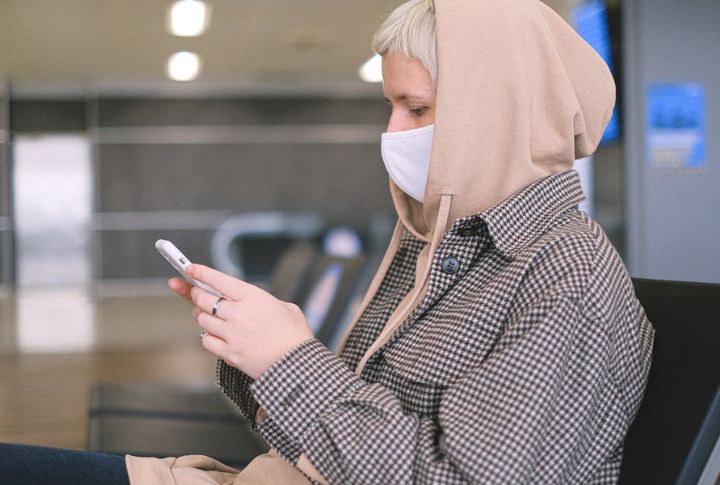
Public networks make it easy for nearby strangers to access open features like AirDrop or file sharing. During long waits, you might not even notice an unexpected file popping onto your device. Disabling these settings instantly closes that door and helps keep your data secure.
Keep Your Devices Updated
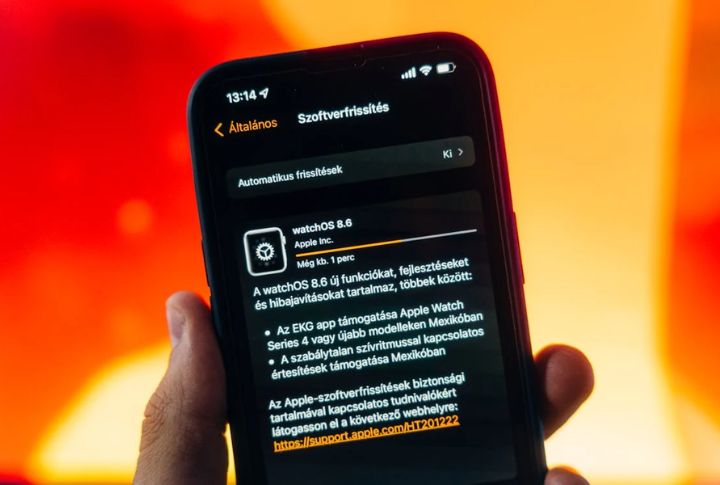
Airports, with so many people connected, are prime hunting grounds for hackers using zero-day exploits. By updating your devices beforehand, you fix known flaws and stay ahead. Too many travelers delay updates, leaving security holes wide open.
Turn Off Wi-Fi And Bluetooth When Not In Use
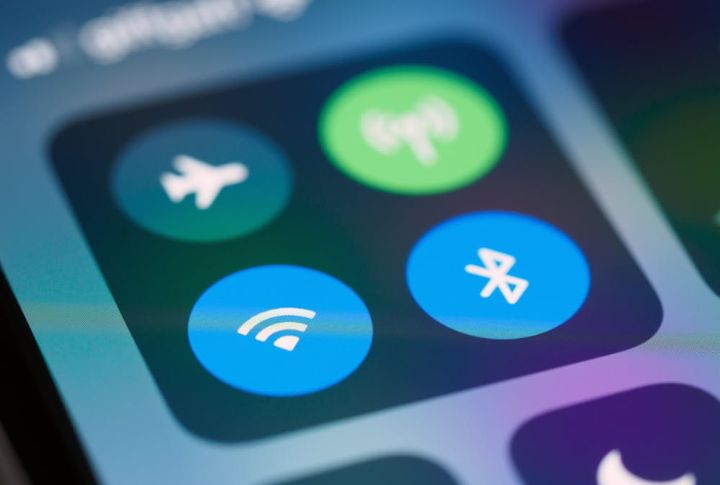
Even when not connected, Wi-Fi and Bluetooth actively search for signals. Hackers can mimic networks to exploit this, silently gaining access. Turning them off when unused eliminates this hidden risk and helps keep your device and data secure.
Use A Personal Mobile Hotspot Instead
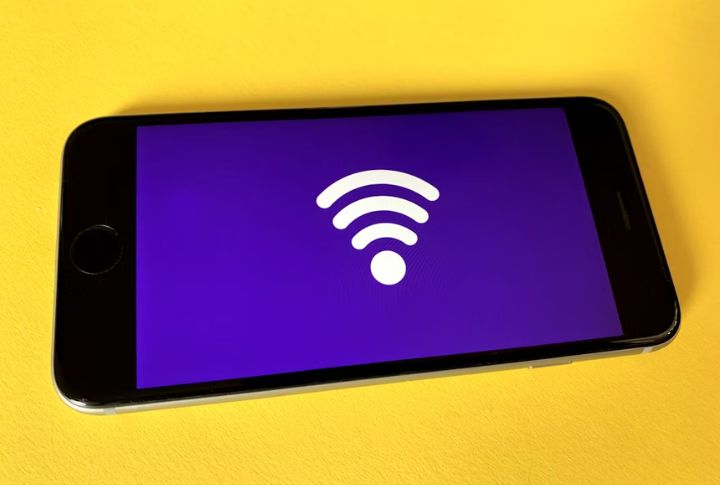
Rather than sharing a public Wi-Fi pool with hundreds of travelers, use your own mobile hotspot. These connections rely on your carrier’s encryption, which is much harder to break. If your phone plan includes tethering, it’s a safer, smarter choice.
Avoid Accessing Sensitive Accounts On Public Wi-Fi
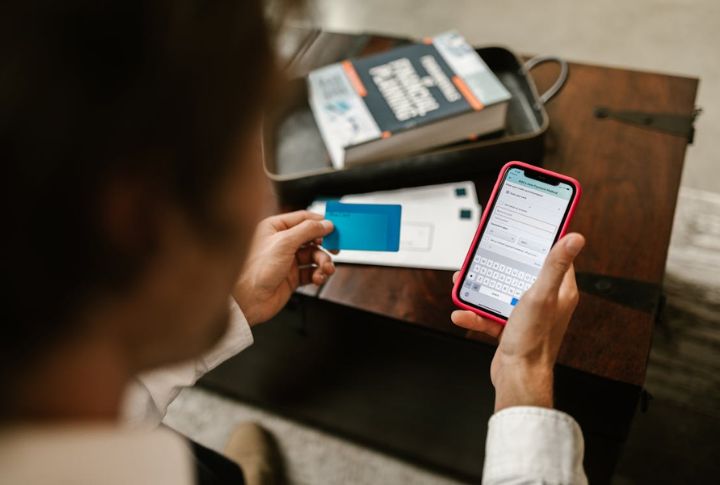
Fast doesn’t mean safe—public Wi-Fi exposes your banking or email logins to risk. Cybercriminals can easily intercept nearby data using basic tools. It’s always smarter to wait and connect through a trusted, secure network before accessing sensitive accounts.
Enable 2-Factor Authentication (2FA)
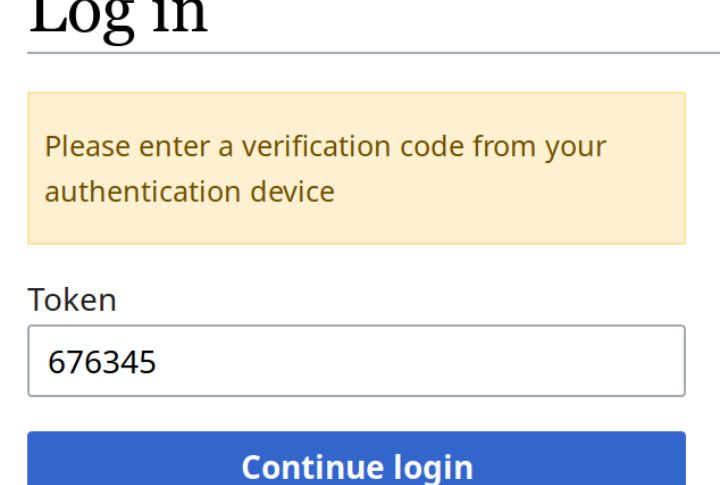
With an extra verification code tied to your phone, you block access even if your login info leaks. It’s an easy way to stay one step ahead. Passwords can be stolen, especially over open Wi-Fi, but 2FA adds a powerful second barrier.

